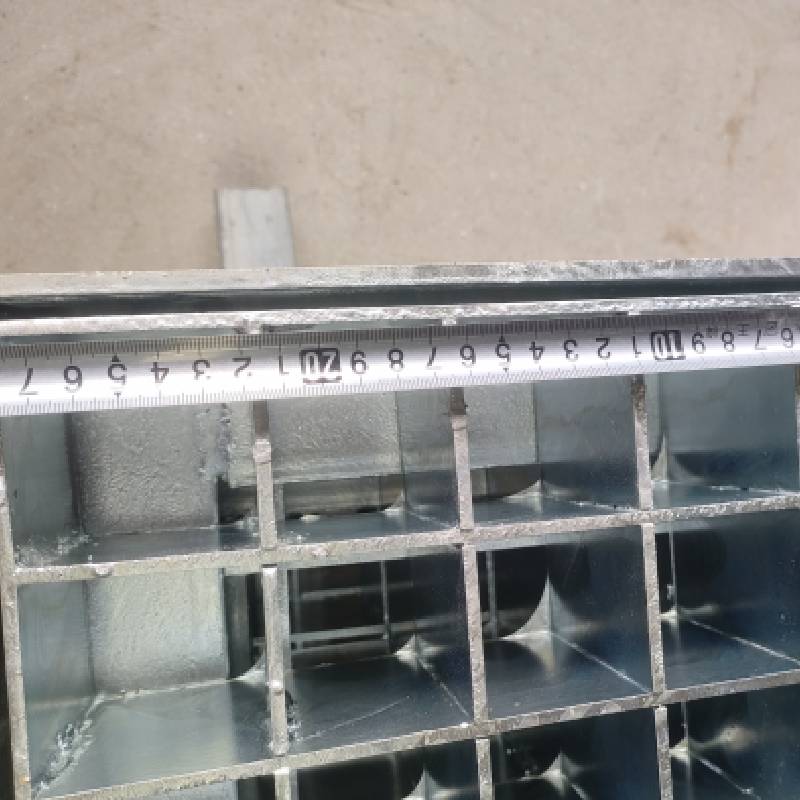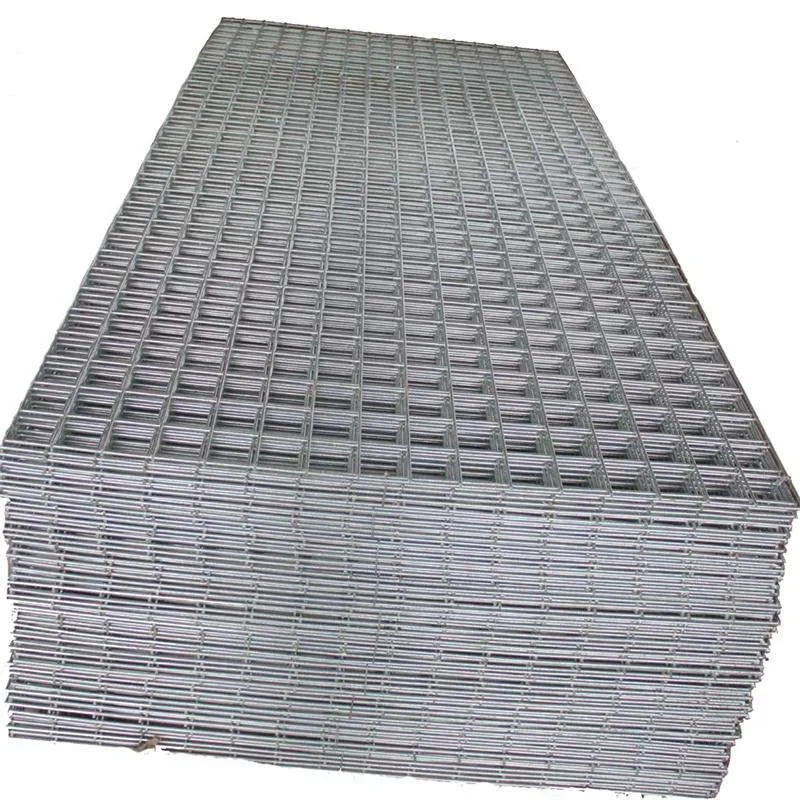Effective fencing solutions are crucial for cattle farmers looking to protect their livestock, manage their movements, and ensure optimal grazing patterns. The costs associated with cattle fencing are a significant consideration for those involved in the livestock industry. To provide valuable insight into cattle fence pricing, it's important to explore various factors that influence these costs, including materials, installation, maintenance, and associated benefits. By understanding these elements, farmers can make informed decisions that align both with their budgetary constraints and operational goals.

Material choices are one of the primary factors that influence the cost of cattle fencing. Traditional options such as wooden post-and-rail fencing are popular for their aesthetic appeal and durability. However, they tend to be more expensive than other materials due to the cost of quality timber and labor for installation. On the other hand, barbed wire is a cost-effective alternative, widely used for its affordability and ease of installation, though it may require frequent maintenance to address wear or damage.
High-tensile wire fences offer a modern solution balancing cost and effectiveness. They are designed to withstand considerable pressure without breaking, making them suitable for areas with high livestock traffic. Additionally, they require less maintenance over time compared to barbed wire, providing long-term cost savings. Furthermore, electric fencing, though initially more expensive due to the setup of power sources and energizers, can prove beneficial in the long run for efficient management and lowering costs associated with livestock monitoring and containment.

The costs of fencing installations can vary greatly based on geographical locations and specific terrain challenges. Rocky or uneven terrain might require specialized equipment or more labor-intensive efforts, raising installation costs. Conversely, flat, unobstructed lands typically require less extensive groundwork, making installation cheaper.
Labor costs must also be considered. Skilled laborers familiar with particular fencing materials can assure proper installation, reducing future issues related to improper set-up. It's often advised for farmers to opt for professional installation for peace of mind and to avoid costly errors.
Maintenance is an ongoing aspect that affects fencing cost-effectiveness. Regular inspections and repairs can prevent small issues from escalating into more significant problems that may require complete sections of a fence to be replaced. Investing in high-quality materials initially can reduce maintenance frequency and cost. Likewise, opting for fencing solutions like electric fences, which deter contact from livestock, can extend the life of a fence, thereby reducing long-term expenses.
cattle fence price
When looking at the costs associated with cattle fencing, it's also vital to consider the indirect financial benefits that quality fencing provides. Effective fencing increases the safety and welfare of cattle, reducing incidents of injury or loss, which can directly impact a farm’s profitability. It also facilitates better grazing management, allowing for improved pasture health and growth, which translates to healthier livestock and increased productivity.
Moreover, good fencing supports biosecurity measures by controlling access to the farming area, thereby minimizing the risk of disease spread within livestock populations. Such preventative health measures could potentially save significant amounts in veterinary bills and related costs.
As with many investments in agricultural operations, the key to making the best decision on cattle fence pricing lies in strategic planning and analysis of operational needs. It's essential to evaluate the specific requirements of the farm environment, the associated costs of different fencing types, and their long-term benefits.
Farmers should also consider consulting with fencing professionals or other agricultural advisors who can provide insights into the most suitable options for their specific situation. Utilization of online resources and forums where agriculture professionals share experiences can offer additional perspectives that might not be immediately apparent through advertising or vendor consultations.
Through an informed approach to cattle fencing options, including a clear understanding of costs and benefits, farmers can significantly enhance their operations, ensuring both the security of their livestock and the financial viability of their business. It is this blend of practical experience, professional guidance, and strategic foresight that underscores the most effective and efficient fencing solutions.
























